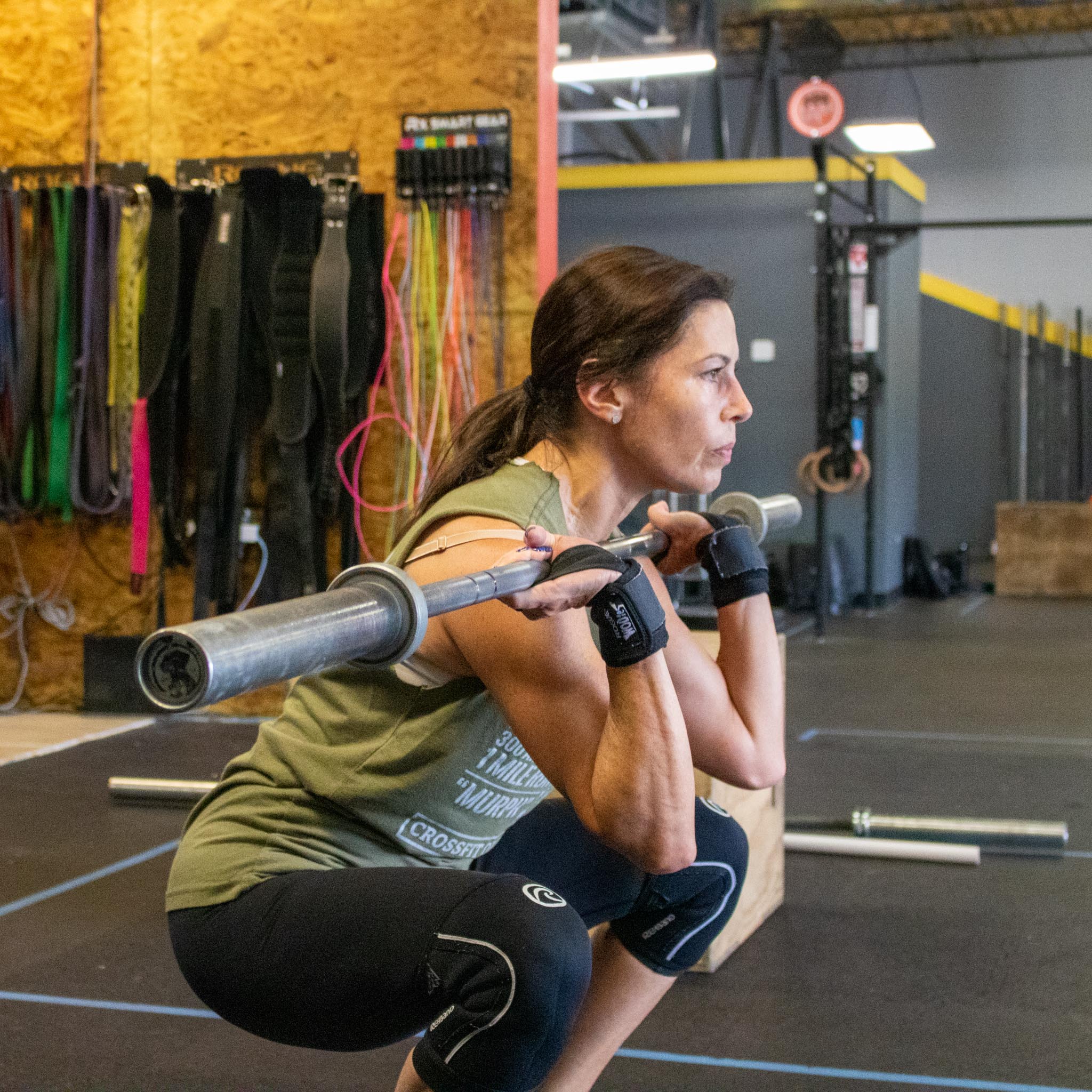Let’s talk about scaling. When you begin your CrossFit journey, scaling is crucial! As a new athlete, your coach wants to ensure your workout fits your ability level and that you have a positive experience. During your CrossFit journey, you will start to know your go-to scaling options for various movements. There are no hard and fast rules when it comes to scaling and each coach does it differently.
Why the Coach Scales an Athlete
At CrossFit Optimistic, the Coach will always have a REASON for why they are scaling your workout. Our coaches have a diverse knowledge base and many factors come into play when they choose scaling options for their athletes. Different coaches may in fact give you different scaling options for the same movement. This is where a coach’s creativity and CrossFit knowledge can be handy when it comes to keeping a WOD “constantly varied” for a specific athlete. The end state to scaling is to ensure the athlete can maintain the intended physical stimulus for the workout, keep relative intensity to meet the athlete’s ability, give the athlete a starting place to work on the mechanics and range of motion of a new skill and of course, safety.
How the Coach Scales an Athlete
The Coach can scale an athlete two ways: through decreasing reps or through modifying a movement. The simplest way to scale an athlete is decrease the amount of reps they have to do. If an athlete is not conditioned enough to do 100 burpees in 10 minutes, a coach may scale them to 80 burpees or 60 burpees. This makes the workout manageable and decreases the risk of injury.
How the Coach chooses a Movement Modification
Another way to scale an athlete is to modify the movements. The priority when modifying is to keep the new movement as similar as possible to the original movement. For example, changing a pull-up to a jumping pull-up because both options will stress the muscles in the shoulders and arms. If the pull up was modified to a squat, the stress is now in the legs and would not follow the original intent to stress the arms.
What if the Coach Scales you too much?
Scaling too much is better than not scaling enough. If an athlete is under-scaled, there could still be an unnecessary risk of injury. If an athlete is over-scaled, there may be time to correct and add rounds or reps if they finish early.
What if the Coach doesn’t let you Scale?
There is a grey line between when an athlete should be scaled and when they need to be coached. If an athlete cannot squat below parallel in an overhead squat, that does not mean they should not overhead squat. To get better at overhead squats, athletes have to continue to overhead squat. A Coach should give them direction on how to overhead squat correctly until they improve, not just scale them away from the movement.
Another perspective is the difference between a hard workout and an impossible workout. If an athlete takes a long time to do burpees, they should still do burpees. If an athlete physically can NOT do burpees, then they need to scale.
The Bottom Line
At the end of the day, the Coach is there to help you succeed in your goals- whether it’s to lose weight, gain muscle, or help you maintain your healthy lifestyle. If you are unsure about scaling or modifying a movement, don’t be afraid to ask your coach. They have your best interests at heart. Your health and safety is always priority!
